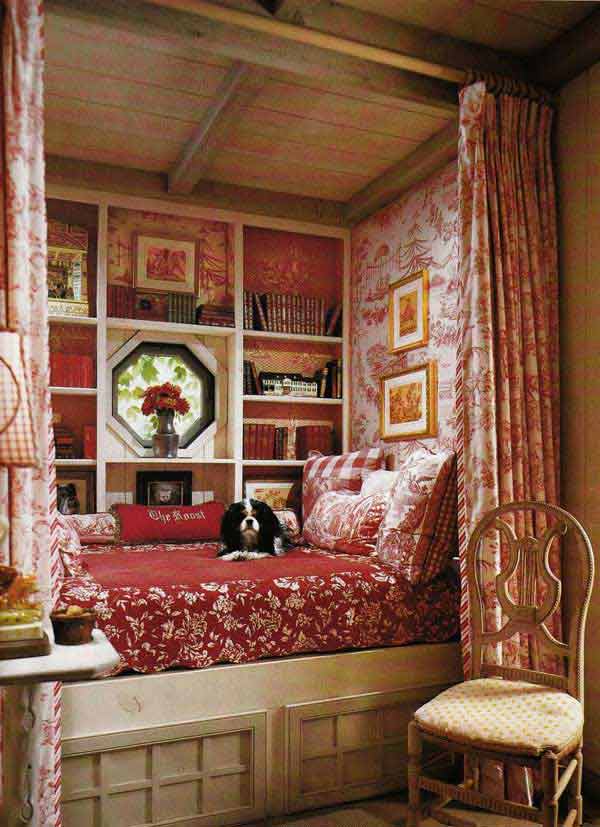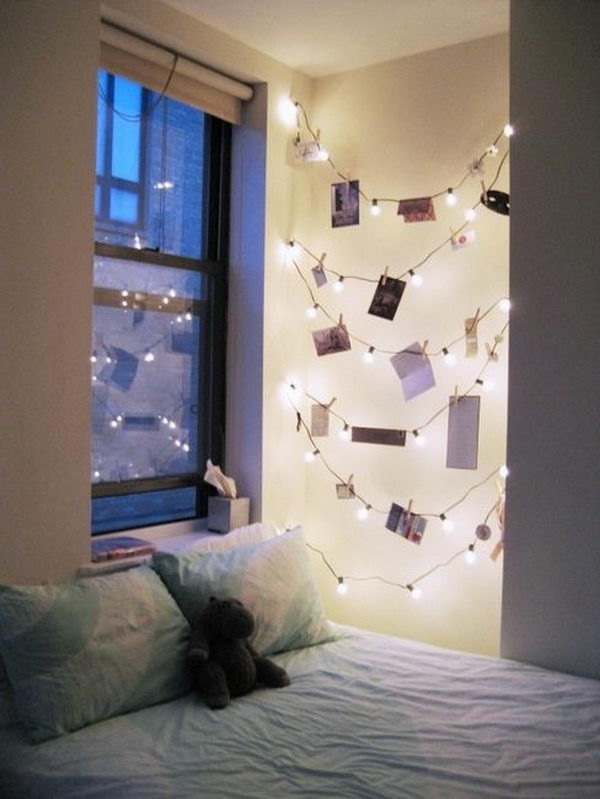Table of Content
Humidifiers are devices used to increase the humidity in your room or living space…. Unfiltered tap water can contain higher levels of minerals and other particles than purified or distilled water. Humidifiers can help you add moisture to a dry room and relieve unwanted health symptoms.
Running the air purifier continuously will serve the indoor air with great purification and lower the moisture. It means using a humidifier in the summertime will bring several health benefits to your home and office. But, before discussing the benefits of using a humidifier in summer, let’s see the relative humidity level in different US cities. It will help you decide why you should run a humidifier, even in summer and all year-round. Central humidifier — This type of humidifier is built into your home’s central heating and air conditioning unit.
What Type of Humidifier is Best for Each Season
No studies are showing that this is harmful, but it has been known to exacerbate symptoms of those with respiratory issues. In so doing, the furnace is pumping hot, dry air into the lungs of all your employees or family members. That can be a detriment to their health for the upcoming months. If your health isn’t enough to stress the urgency of a humidifier, maybe your dog or cat’s health will.
Too much humidity in the air can also be dangerous for your health. Therefore, make sure to always let your house be at optimal levels with humidity or you’ll develop lung problems with moisture as well. Yes, you should use the humidifier even in the summertime when the weather is balmy and has a high humidity level. The device will help you keep the humidity level higher than usual. It will give you relief from nosebleeds, sinusitis, skin irritation and help in better sleep at night.
How to safely use a humidifier
Always read the manual that comes with your machine, and follow the manufacturer's instructions, especially for cleaning and maintenance. They can help someone dealing with congestion, dry skin, and sinus discomfort and also help with things that affect our day-to-day lives, like static electricity. Using a humidifier correctly can greatly improve the living conditions in a dry home. Authors of one study noted that humidifiers might reduce the risk of catching the flu.

Some humidifiers do more than simply release vapor – they also measure the humidity in your home. This enables you to adjust the mist output accordingly and some models may even make those adjustments automatically. A humidifier can be a great way to add moisture to the air, but there are some risks to consider. Adding humidity to the air by running a humidifier at night may help to relieve some symptoms.
Bottom Line on How To Use a Humidifier
There’s also some indication that a dehumidifier can make breathing easier for people who have asthma. A dehumidifier does have some established health benefits. The main benefit is reducing the presence of allergens and irritants in damp areas of your home. If you have a dry cough or stuffy nose, running a dehumidifier might do more harm than good, too.

To use a humidifier correctly, you only want to introduce them into an environment experiencing humidity of below 30 percent. This product may look small, but it will change your life forever as you learn what it actually means to live allergy-free. If you use a humidifier it can help you avoid these negative effects that the cold of winter has on your body. No one likes turning into a painful jigsaw puzzle of cracks, and these machines were made to prevent it. It might not seem like much, but after using it for a few weeks, you will wonder how you ever lived without one before. Your nose depends on mucous to serve as a lubricant and protect the blood vessels in it.
Use distilled water
Also, some types of central heating can dry out the air indoors. Another health risk when operating a humidifier relates to the particles other than water emitted into the air. Unhealthy mineral particles can be released by a humidifier, particularly with cool mist machines.
Ideally, humidity in your home should be between 30% and 50%. The EPA has released a statement asking consumers who purchase the cool mist humidifier not to put tap water into their reservoirs. Instead, they ask consumers to use distilled or filtered water in their humidifier as an alternative, due to the negative effects the tap water can have on your machine.
But a few times a year, when the weather changes dramatically, you should adjust your humidifier setting. Mold is a nasty thing to battle, especially when it takes root inside of your home. A humidifier will only make the situation worse, as mold and mildew thrive on moisture.

But climate change has impacted the way the seasons change, so you can adjust your humidity whenever you see fit. Inter may require lower than 40% relative humidity to avoid condensation on your windows. However, in winters , you should change the humidifier setting to percent. In general, the most comfortable relative humidity range for most of the homes is – between 30 percent and 45 percent.

No comments:
Post a Comment